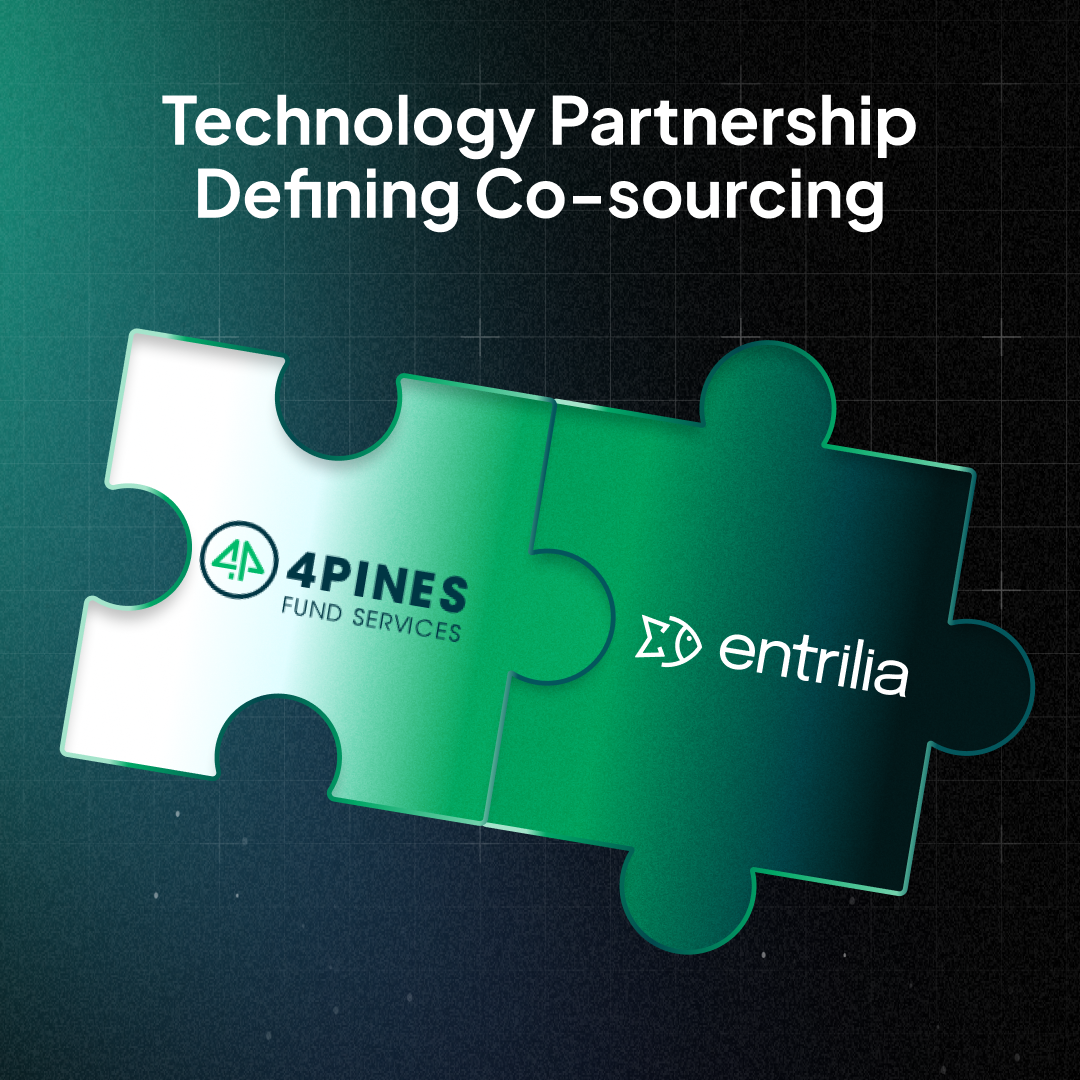Introduction
When private equity managers and fund administrators search for innovative software solutions, it is crucial to distinguish between "cloud-native" services and legacy systems that are not designed for the cloud but rather "cloud-enabled." Although both relate to cloud computing, businesses should avoid outdated "cloud-enabled" software that cannot deliver new functionality with the same speed, frequency, and quality as cloud-native SaaS companies.
Let's start with the definition and explanation of both.
Cloud-Native
"Cloud native" software, like Entrilia Fund Accounting, Entrilia Investor Portal, and Entrilia Fund Operation, is designed specifically for the cloud and takes full advantage of its capabilities. This means that the software is built with cloud principles in mind, such as Microservices Architecture, DevOpsSec, Continuous Integration/Continuous Deployment (CI/CD), and Auto-Scaling.
At Entrilia, we have selected Microsoft Azure as our cloud provider and leverage Platform-as-a-Services (PaaS) to abstract away infrastructure management. This allows our engineers to focus on building innovative software solutions rather than dealing with infrastructure and middleware complexity.
Cloud-Enabled (or On-Premise Hosting on the Cloud)
Many competitors in the private equity software industry still use on-premise software architecture that is hosted on the cloud using Infrastructure-as-a-Service (IaaS). This involves moving old applications that were traditionally on-premises to the cloud. Some new software providers offer an on-premise architecture that can be deployed on clients' Azure or AWS cloud. This infrastructure requires a dedicated team to ensure its maintenance, including patching virtual machines and database servers, maintaining their availability, and implementing geo-redundancy in case of failures. This shifts focus from building new functionality and exposes additional security risks.
If your software provider offers both their own cloud and the option to deploy on your own cloud, you should be cautious. Supporting multiple deployment options can make it difficult for them to improve the software consistently.
Pros and Cons
Staying up to date:
Entrilia built a robust Continuous Integration and Continuous Delivery (CI/CD) system, which is a fundamental practice in DevOpsSec. It involves continuously integrating code changes, running automated tests, and delivering software to production in smaller, incremental steps.
This approach allows for more frequent releases, giving users access to the latest enhancements and improvements from Entrilia without delays. It also enables our clients to provide faster feedback and reduces the risk of falling behind their competitors with outdated software.
Older vendors with on-premise architecture usually can only provide partially enabled CI/CD pipelines, which blocks you from getting new incremental improvements and later costs you expensive upgrades.
Security and maintenance:
Since Entrilia uses Platform-as-a-Service (PaaS), we let Microsoft handle the infrastructure. Microsoft invests a lot in securing its PaaS platforms, providing robust security features by default. They do timely security updates, efficient server management, and careful monitoring using advanced detection mechanisms. The Microsoft infrastructure team has direct access to the engineers who build the core services, so we don't see any reason to keep it in-house. This approach not only minimizes the need for a substantial in-house infrastructure team but also empowers Entrilia to prioritize our core competencies and allocate resources toward strategic product development.
Solution providers that are "cloud-enabled" rely on their internal infrastructure team, who don't have direct access to Microsoft engineers. It also requires more work to compete with big tech companies' security budgets. The cost of having experienced and dedicated internal resources to manage infrastructure will keep increasing, which will be passed on to clients.
Therefore, let the engineers from big tech companies handle it, as they have the expertise and resources to manage the infrastructure better.
Talents:
Another key advantage of building software as "cloud-native" is the ability to attract talent. Best engineers and young professionals are seeking careers in companies leading the way in cloud technology.
On the other hand, companies that rely on outdated "cloud-enabled" software will struggle to attract top talent, as they are seen as less cutting-edge and less likely to offer the same level of innovation.
In conclusion
Entrilia has chosen the Microsoft Azure PaaS native cloud infrastructure to focus on building things that matter. This allows us to deliver secure, cost-effective solutions with the most significant degree of control and the ability to operate as an API-first company.



















.png)